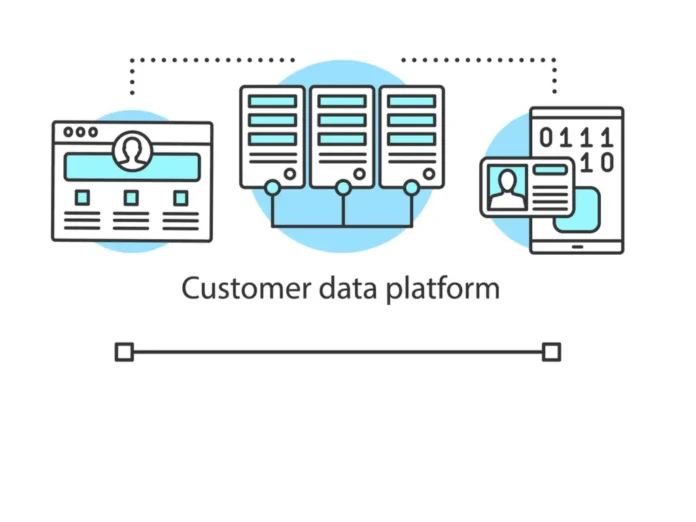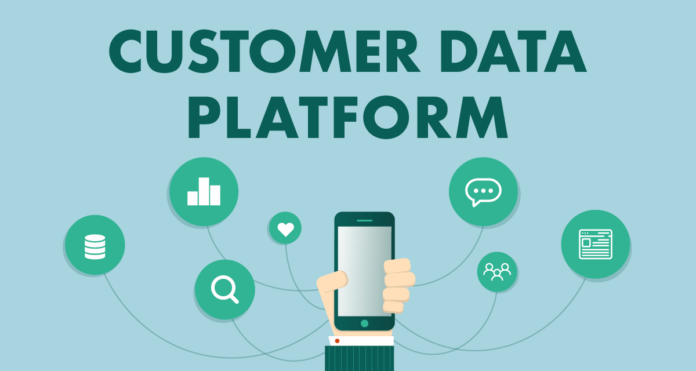
With the amount of customer data flating around, it only makes sense that companies capitalize on its use. However, not everyone knows how to best leverage that information, or if it should be used in a data management or customer data platform. Knowing how to make use of customer data is only half the battle. Understanding the right tools can make streamline how well your data works for you,
Understanding CDPs

While marketing and advertising sound synonyms, they are actually two different ways to reach customers. In the past, the most common method of collecting and aggregating data was through a data management platform, or DMP. WHile there are a number of differences between a DMP and a customer data platform (CDP), what makes DMPs unique is their focus on advertising using anonymous data.
On the flip side, CDPs are designed with marketing in mind. Instead of collecting anonymous data, CDPs create a unified database of customer information. By filtering that data, these systems create “customer profiles” that outline specific traits about individuals. These profiles allow marketing teams to create campaigns to target very specific demographics, sharing this data across DMPs and customer relationship management (CRM) programs as well.
Characteristics
Because a CDP interacts with data differently than other management solutions, there are several factors that let the system stand out from other options. Ways that CDP revolutionizes marketing include:
Data Collection

A huge benefit to CDPs is how well they interact with other systems. Because they rely on data, customer data platforms grab anything they can get their virtual hands on. From in-house platforms to your company’s own CRM and DMP saas systems, a customer data platform aggregates that information to localize it and even allow marketing teams to export that data for other systems to analyze.
Normalization and Enrichment
Data that comes from a multitude of sources may land on your servers in many different formats. Analysis can’t continue with bad or disorganized data since results would be tainted. A powerful CDP will take that data and reformat it to work within the current system. It also seeks out redundancies that may skew your results in strange directions. CDPs can transform data in several ways, including:
- Extracting IDs from Cookies
- Changing IP Addresses into Geolocations
- Idetifying Device Types from ID Strings
- Compiles Email Address Information
- Cleans and Standardizes Customer Records
While your business may not currently use all types of these technologies, a CDP can help analyze the data in new ways, changing how you look at customer information forever.
Reporting

Having all of that data at your fingertips is useless if you can’t analyze it. One of the strengths that CDPs possess is the ability to take the data its collected from a range of sources and apply it in new and meaningful ways. By providing insight into an individual customer’s behavior, your marketing team can develop new strategies that can connect with your audience based on their level of interest in your brand.
Audience Profiles
More data means better reports, but it can also lead to more confusion. With an influx of information, a lot of important details can get lost in the shuffle. Customer Data Platforms are great at not only analyzing data, but also segmenting it into appropriate and easy to manipulate categories. Profiles can assess everything from website use to app engagement, lumping groups together so your marketing team can perate with workable chunks of information.
The Single Customer View
Also known as a unified customer view or the 360, CDPs let you break down the usage habits of one person, creating a single record for that customer. While group-sourced anonymous data can be a useful tool, businesses are quickly learning the value of the single customer view and focusing in on one target individual. Understanding how discrete clients interact with brands, websites, and applications can help your team create more focused marketing campaigns.
Audience Engagement

“Activating” the audience, or getting them to notice and be more involved with your brand, is the true end goal for an effective customer data platform. Using the analytics behind CDP, marketing teams can leverage more useful buys from demand-side platforms, or DSPs, by optomizing their marketing structures. By leveraging customer data, businesses can retarget ad campaigns based on social media or even personalize their websites to individual customers.
Why Choose a Customer Data Platform?

Personal customer data is so easy to come by, creating marketing around anaonympusly collected information has begun to lose its usefulness. Instead of blindly marketing to a generalized audience, advertisers can focus instead on particular demographics. Narrowing their view on a more specific group allows teams to adjust the scale of their marketing strategy accordingly. By using a CDP, businesses can get full use of their data, bringing it to bear with new advertising techniques that may really impact their bottom line.








